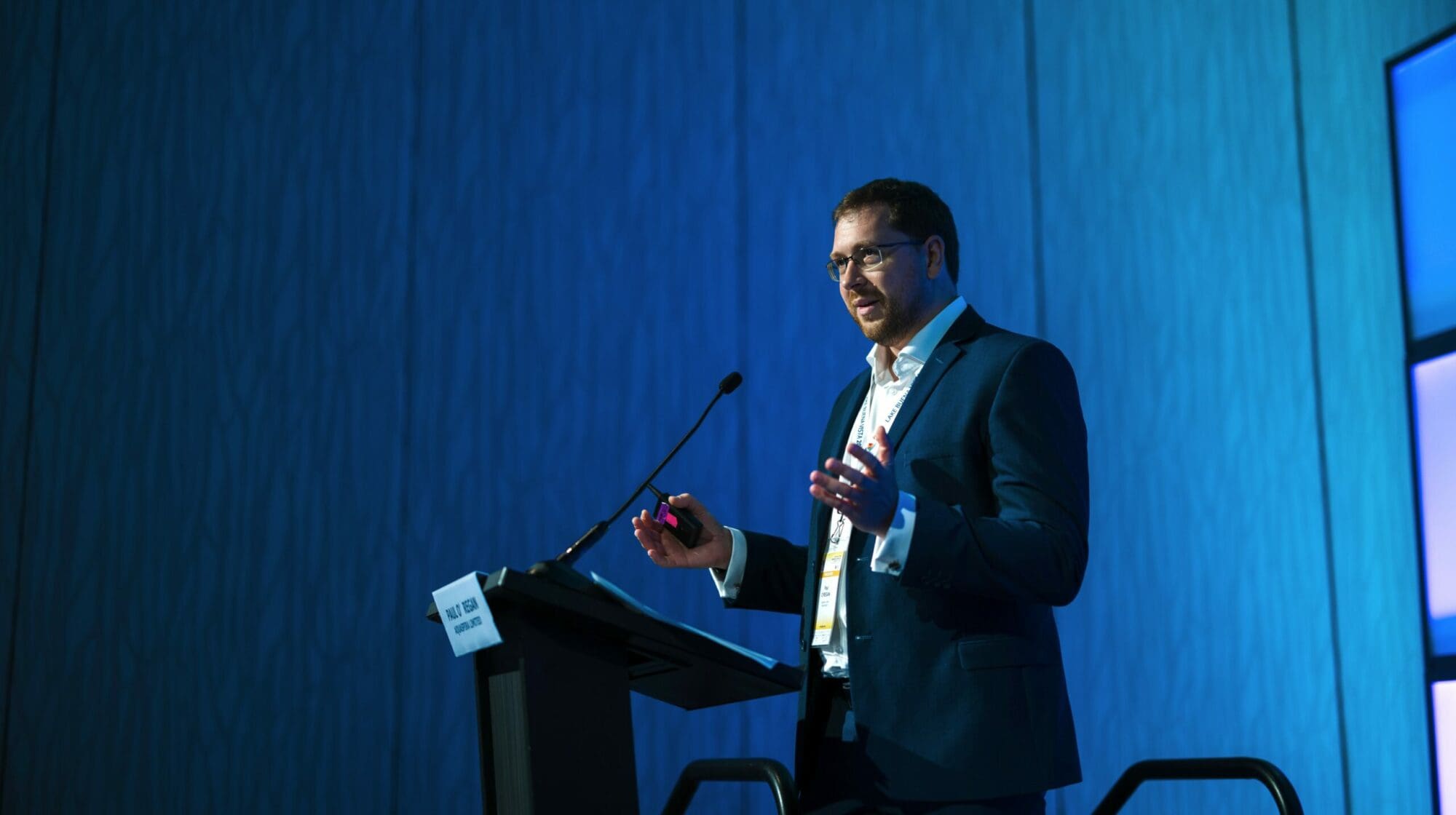Copyright © 2023 by (Paul O’Regan)
Paul O’Regan Aquaspira Limited Nelson, Lancashire, UK | Nigel Cassidy University of Birmingham Birmingham, UK | Neil Wallace Aquaspira Limited Nelson, Lancashire, UK
ABSTRACT
The United Nations Environment Programme (UNEP) has estimated that the building sector accounts for 38% of world-wide energy-related CO2 emissions and that the construction industry is responsible for nearly 30% of this figure. Modern-day pipes, sewers and water drainage systems are predominantly made of materials with an inherent embodied carbon cost (e.g., steel, polyvinylchloride, reinforced concrete, high-density polyethylene (HDPE)). However, the pipeline materials are not the only source of embodied carbon and under current pipeline installation standards, fresh aggregate materials (usually sand and/or gravel) are preferred for the primary backfill material. As such, there is a significant added carbon cost in the excavation and off-site removal of the original soils and the import of fresh aggregates to backfill the pipe trench. To reach the goal of net zero by 2050, this installation requirement needs to be challenged and more efficient approaches taken to improve the carbon cost of the installation phase of site works. We present the results of a current InnovateUK funded research programme, “SmartSense”, where 100% recycled Steel Reinforced High-Density Polyethylene (SRHDPE) pipes have been fitted with embedded sensing to autonomously monitor ground conditions during and after installation. This new sensing approach allows for the local monitoring of backfill embedment and post- installation setting. In the UK, the current technical barrier is the re-use of on-site, as-dug materials in the pipeline installation process. We show how a better understanding of the detailed physical and geotechnical properties of the embedment material, and how the whole pipeline installation performs, when loading conditions change around the pipe. This can help reduce the carbon cost of installation and provide the technical infrastructure needed for the long-term, autonomous monitoring of asset condition and performance.
Copyright © 2023 by (Paul O’Regan)
For complete access to the paper, kindly reach out to us at info@aquaspira.com or fill out the contact us form via the website, and our team will promptly respond.

